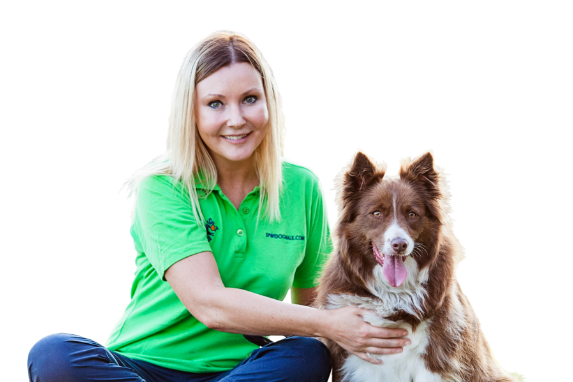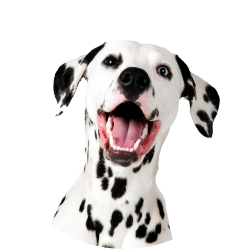Tips to feeding your dog!
Feeding your dog is like brushing your teeth – one of those mindless tasks to which we give little thought. But veterinarians say that you should match the frequency and method of feeding to your pet’s needs. Be sure to ask your pet’s doctor what will work best.
Plenty of dogs will get the nutrition they need if you leave a bowl of high-quality food available at all times, but that won’t work in areas where insects and rodents are on the hunt for provisions. It also can encourage overeating if your dog is prone to carrying a few extra pounds.
You can instead feed your dog twice a day, once in the morning and once in the evening, leaving the bowl on the ground for about 30 minutes each time to because while some dogs gobble their meals, others are fans of the slow food movement.
Motivating the cautious canine to eat
Anxiety about being in a new environment may leave adopted dogs a bit shy about eating, another reason to make sure they have plenty of time to chow down. If an adopted dog does not begin eating right away, try making the bowl available for only 10 minutes. If he doesn’t start eating at the end of the interval, pick up the bowl. Offer it again only at the next scheduled feeding time. This can encourage your nervous canine companion to eat. Scheduling feeding also makes the need for bathroom breaks easier to predict. The time required for food to move from mouth to the other end varies but observing your dog’s patterns can suggest optimal times for outdoor breaks.
Puppies may need to eat as many as five times a day.
Let your dog enjoy his food without interruption. Some dogs are defensive about food and may bite or growl if someone tries to take it away.
You can use the recommended amounts on the food bag or can to determine how much to offer at each meal but may need to adjust if your dog becomes over or underweight. Very active dogs need more food, for example.
Bones and other treats
Medium and large dogs should eat from a bowl on a stand to make sure they don’t take in a lot of air while eating, which can cause stomach dilation and torsion, also known as bloating. For the same reason, avoid feeding your dog an hour before or after exercise. You and your pets will also be happier — and avoid the cost and hassle of cleaning up stomach contents — if you avoid feeding them before car trips.
If you want to give your pooch treats, either for fun or during training, you may want to set aside a portion of dry food for that purpose. Small portions of fruit and vegetables such as carrots also work well. Your dog may respond well to your time and attention. They can be as much of a treat as a savoury bit of meat.
Bones aren’t necessarily good for dogs, so be sure to ask your vet for advice before offering one as a reward. If you do provide bones, make sure they are raw and for human-grade consumption.
If you need to change your dog’s food, do so slowly. You don’t want to find out the hard way that your dog does not have an iron stomach. Try shifting the proportion of old to new food a bit at a time – for example, mix 20 percent of the new food with 80 percent of the old, and then 40 percent of the new with 60 percent of the old and so on.



